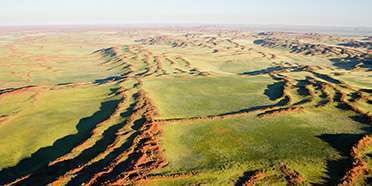
Safari Tours to Namib-Naukluft NP
-
![19-Day Namibia Self Drive Adventure]()
19-Day Namibia Self Drive Adventure
$9,533 to $10,033 pp (USD)
Namibia: Self-drive
Mid-range Lodge & Tented CampYou Visit: Windhoek (Start), Kalahari Region, Fish River Canyon (|Ai-|Ais/Richtersveld TP), Aus (Town), Namib-Naukluft NP (Namib Desert), Swakopmund (City), Damaraland, Etosha NP, Eastern Etosha NP, Erongo Mountains (Mountain Range), Windhoek Airport (End)

Wayfairer Travel
4.8/5 – 183 Reviews
-
![12-Day Self-Drive Namibia Attractions Safari]()
12-Day Self-Drive Namibia Attractions Safari
$5,079 pp (USD)
Namibia: Self-drive
Mid-range Lodge & Tented CampYou Visit: Windhoek (Start), Kalahari Region, Namib-Naukluft NP (Namib Desert), Swakopmund (City), Twyfelfontein (Rock Art), Etosha NP, Eastern Etosha NP, Okonjima NR, Windhoek (End)

Nature Travel Namibia
5.0/5 – 185 Reviews
-
![5-Day Namib NP (Sossusvlei) and Coast Guided Safari]()
5-Day Namib NP (Sossusvlei) and Coast Guided Safari
$2,139 pp (USD)
Namibia: Shared tour (max 4 people per vehicle)
Mid-range Lodge & HotelYou Visit: Windhoek (Start), Namib-Naukluft NP (Namib Desert), Swakopmund (City), Windhoek (End)

Mhof Tour and Safaris
4.7/5 – 3 Reviews

 Namibia Parks
Namibia Parks















_774_5c10b301bc706.gif)

